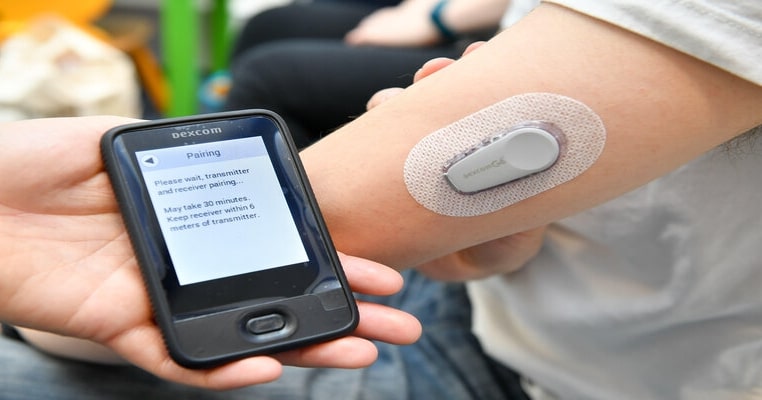Living with diabetes comes with its challenges, but advancements in technology have revolutionized the management of this condition. From continuous glucose monitors (CGMs) to insulin pumps, diabetes technologies have significantly improved the quality of life for many individuals. However, accessing these technologies can sometimes be hindered by various barriers. In this blog post, we’ll explore the common barriers to obtaining blood glucose monitoring devices and provide practical solutions to overcome them.
Understanding Diabetes Technologies
Before delving into the barriers, let’s first understand what diabetes technologies entail. These include devices such as insulin pumps, CGMs, insulin pens, and smart insulin pens. They are designed to help individuals with diabetes monitor their blood glucose levels, administer insulin, and manage their condition more effectively.
Barriers to Accessing Diabetes Technologies
Financial Constraints
Many blood glucose monitoring devices come with a hefty price tag, making them unaffordable for some individuals, especially those without adequate insurance coverage. The high cost of these devices can be a significant barrier to access, preventing individuals from benefiting from the latest advancements in diabetes management.
Lack of Insurance Coverage
Even for those with insurance, coverage for diabetes technologies may be limited or non-existent. High deductibles, copays, and restrictions imposed by insurance companies can make it difficult for individuals to obtain the devices they need to manage their diabetes effectively.
Limited Access to Healthcare Providers
Accessing diabetes technologies often requires a prescription from a healthcare provider. However, not everyone has easy access to healthcare services, especially in rural or underserved areas. Limited access to healthcare providers can delay the diagnosis and treatment of diabetes, including the prescription of necessary technologies.
Technological Barriers
While blood glucose monitoring devices offer many benefits, not everyone is comfortable or proficient in using them. Older adults, in particular, may struggle with the technological aspect of these devices, leading to reluctance or resistance to adopting them as part of their diabetes management routine.
Lack of Awareness
Despite the advancements in blood glucose monitoring devices, there is still a lack of awareness among some individuals and healthcare providers. Many people with diabetes may not know about the latest devices available or understand how they can benefit from them. Similarly, healthcare providers may not always stay updated on the latest advancements or may not prioritize discussing these options with their patients.
Must Read Is Blood Sugar Monitoring Without Diabetes Worthwhile?
Overcoming Barriers to Access
Advocate for Insurance Coverage
Advocate for improved insurance coverage for diabetes technologies. This can be done through lobbying efforts, raising awareness among policymakers, and working with advocacy groups dedicated to diabetes care.
Seek Financial Assistance Programs
Explore financial assistance programs offered by device manufacturers, non-profit organizations, and government agencies. These programs may provide discounts, subsidies, or free devices to individuals who meet certain criteria.
Telehealth Consultations
Take advantage of telehealth services to consult with healthcare providers remotely. Telehealth can help bridge the gap for individuals who have limited access to in-person healthcare services, making it easier to obtain prescriptions for blood glucose monitoring devices.
Education and Training
Provide education and training resources to help individuals overcome technological barriers. This can include workshops, online tutorials, and support groups focused on using blood glucose monitoring devices effectively.
Raise Awareness
Raise awareness about the benefits of blood glucose monitoring devices among both patients and healthcare providers. This can be done through community outreach events, educational campaigns, and collaboration with healthcare professionals to ensure that these options are discussed during diabetes management consultations.
Also, read about Can Non-Invasive Glucose Monitoring Revolutionize Diabetes Management?
Conclusion
Accessing diabetes technologies should not be hindered by barriers such as financial constraints, limited access to healthcare, or technological challenges. By advocating for improved insurance coverage, seeking financial assistance, leveraging telehealth services, providing education and training, and raising awareness, we can remove these barriers and ensure that individuals with diabetes have the resources they need to manage it. Together, we can break down barriers and empower individuals to live healthier lives with diabetes technologies.


